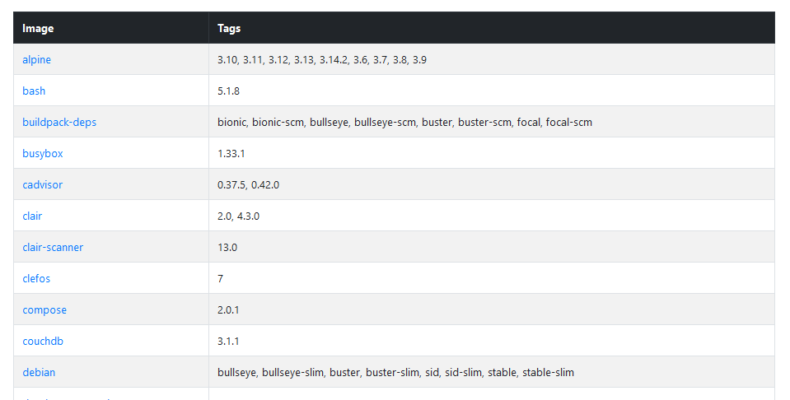[ad_1]

IBM has made available a container registry through which mainframe application developers can discover free open source container images that can be accessed via a graphical or command line interface (CLI).
As part of an effort to address security concerns, IBM has built these images from source code rather than assembling them from images hosted on other container registries. IBM has also scanned those images for known vulnerabilities, with reports available on a web page associated with each image.
IBM has also published a hash for each container image to help prevent developers from inadvertently pulling an unintended version of a particular image.
The container images comply with the Open Container Image (OCI) specification and, as such, can run on both a distribution of Linux running on a mainframe or the z/OS operating system.
Matt Whitbourne, director for z/OS, says containers are playing a critical role in enabling developers to build microservices-based applications that can be deployed on a mainframe in addition to modernizing legacy applications in a way that makes them easier to invoke via an application programming interface (API).
In general, IBM is positioning mainframe applications as a set of reliable backend services that an application can invoke either running on the platform or across a distributed computing environment. However, microservices-based applications that tend to be latency sensitive will run much faster when deployed on a mainframe alongside those backend services, notes Whitbourne.
After nearly six decades, there are still large numbers of enterprise IT organizations that employ mainframes to process transactions alongside advanced analytics applications in near-real-time. Rather than replacing the backend functions those organizations have already deployed, IBM contends it makes more economic sense to make them more accessible to a wider range of developers.
At the same time, IBM is embracing containers to increase the pool of developers capable of building and deploying mainframe applications. The immediate challenge is most organizations that have mainframes also tend to tightly manage their supply chains. The registry provided by IBM provides a centralized mechanism through which the integrity of container images destined for the mainframe is assured.
It’s not quite clear what impact containers may have on mainframes. Many organizations have been using containers to lift and shift mainframe applications onto cloud computing platforms. However, Whitbourne notes the mainframe is still the only platform that can guarantee levels of availability that amount to roughly three seconds of downtime a year.
In the longer term, IBM is making it clear that so-called cloud-native applications based on containers will run better on z/OS and Linux than they do on public clouds, he adds.
The demise of the mainframe has been long predicted, but as application architectures have evolved over the years, IBM has managed to make sure the mainframe remains relevant. In some regards, the mainframe is just another distributed computing platform among many that IT organizations can employ based on the attributes of the workload being deployed. In fact, it’s likely that mainframes will continue to run various classes of workloads long past the end of this decade and into the next.
Related
[ad_2]
Source link
